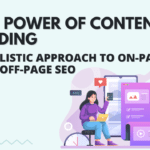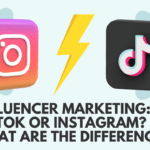Micro-influencers are highly solicited by companies. This is because their followers are particularly bonded to them. You can see it in the engagement and conversion rates when micro-influencers promote products. We will analyze here why and how influencer campaigns with micro-influencers can be a complete success.
- What is a micro-influencer?
- Micro-influencer vs. Macro Influencer: what are the differences?
- How to make a successful micro-influencer campaign?
- Conclusion
Table of Contents
What is a micro-influencer?
Micro-influencers regularly post content on social media and have up to about 50,000 followers. This also includes nano-influencers, who have around 1,000 to 10,000 followers. Some also consider a followers amount of up to 100,000 as micro-influencing. Basically, the smaller the number of followers, the higher the engagement rates.
With a size range of 1,000 to 5,000 followers, the engagement rate in Germany is almost seven percent, while it is just over two percent for macro influencers. Therefore, the cooperation of companies with micro-influencers is increasing rapidly. According to the Influencer Benchmark Report, 300 percent more micro-influencers were working with companies at the beginning of 2020 than in 2016.
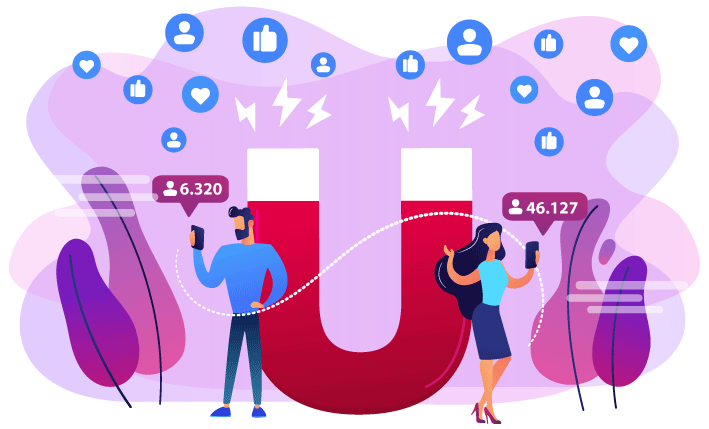
Micro-influencers vs. macro-influencers: What are the differences?
Whether someone falls under macro- or micro-influencing depends on various factors. These include primarily the number of followers, but also the focus on personality or topic as well as the intensity of interaction with followers and target groups.
- Number of followers: From 50,000 to 100,000, one generally speaks of macro-influencing. The boundaries are still a little blurred here, as there are different categorizations. But as already mentioned, smaller communities in particular excel in terms of engagement and conversion rates.
- Costs: Micro-influencers are usually much cheaper to work with and therefore very interesting for smaller companies and start-ups. A micro-influencer can often even be motivated with free products. The average budget here is less than 200 euros per posting, whereas for macro-influencers, depending on the number of followers, the budget is considerably higher.
- Specialization: Micro-influencers are usually specialized in a delimited subject area such as beauty, fashion, travel or food, or even in niches. They are usually experts in their field and are therefore perceived as authentic. They therefore enjoy a very high credibility.
- Type of collaboration: Micro-influencers usually prepare content themselves. They are film director, photographer, copywriter and editor in the same time. Therefore, decision-making processes are shorts and reactions quick. With macro-influencers, things take long times, as they usually work with agencies or media offices.
Finding the right influencer(s) for a brand or company is the most difficult part of the job. Influencers ideally have to be a ‘match’ in the long term, because content created by influencers remains visible for a long time and can be updated again and again.
How to make a successful micro-influencer campaign: 4 tips
You should invest at least as much time in the right selection of micro-influencers as in the assessment of a manager. Treating influencers like company employees is worthwhile: they have to identify with the company in order to credibly represent it to their followers.
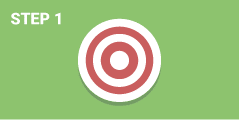
1. Define the marketing goal
At the beginning of every influencer campaign, there is an objective and strategy. Which audience is targeted? How long, when and where should the campaign run? How much budget is allocated? How can micro-influencing fit into the overall marketing strategy? These key points need to be clear for the influencer to understand the concept and the briefing.

2. Start research
Before you contact influencers, you should reate a persona of the ideal influencer. Then you can proceed to your research. The best way to start is to first scan your own followers for a possible collaboration, followed by hashtag searches based on industry. Agencies can be helpful at this point, as they can make the long and hard research for us.

3. Find suitable micro-influencers:
Local influencers can be interesting, especially regarding longer-term cooperation and campaigns; they can extend the partnership to the real life, for example with live events. Customers also tend to identify more with influencers from their area, which again increases their credibility.
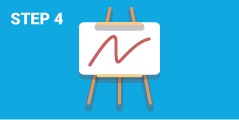
4. Measuring success:
During the planning process, you should also define which KPIs should be tracked and evaluated. Is it more about increasing awareness or actual engagement? Or should we focus on conversion? Depending on this, content creation can take complete different forms.
So, for micro-influencer marketing to benefit your own company and brand and not return against them, it is important to think through these four points carefully and seek help if necessary. Influencer marketing agencies are the right people to contact.
Conclusion
Micro-influencer marketing will not only continue to grow rapidly, it may become central. Micro-influencers are considered competent, authentic and credible. Influencer marketing is also relatively inexpensive, requires little management, and allow you to target groups exactly where they are. However, this only works if the influencer and the company have a perfect match.
Influencer marketing is and remains an important part of the marketing mix. As an experienced micro-influencer agency, SeedingUp supports you with the right influencer campaign to implement the advertising goals sustainably, authentically and successfully. Our team will be happy to assist you for a cooperation or if you have any question. Just contact us.


